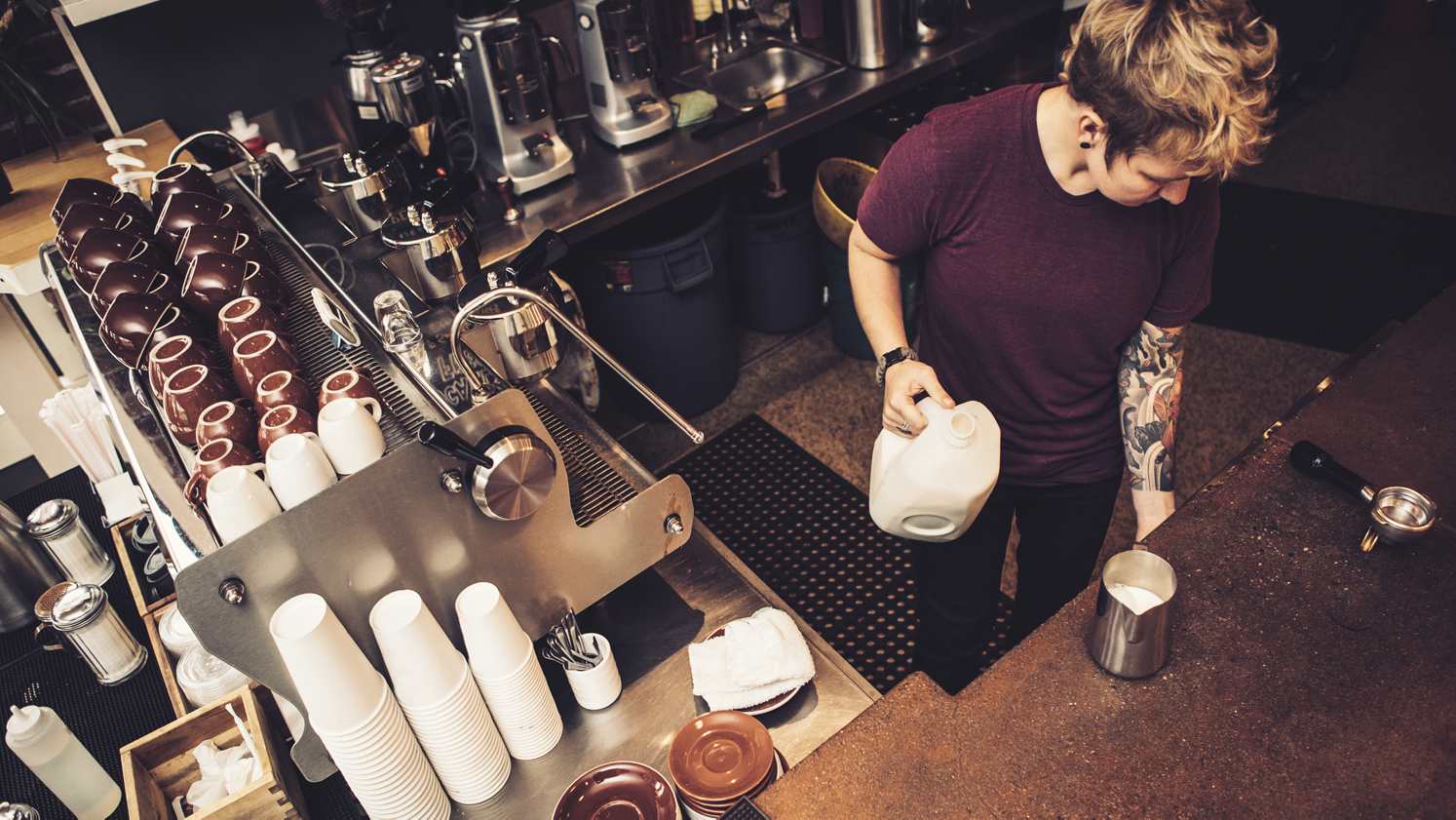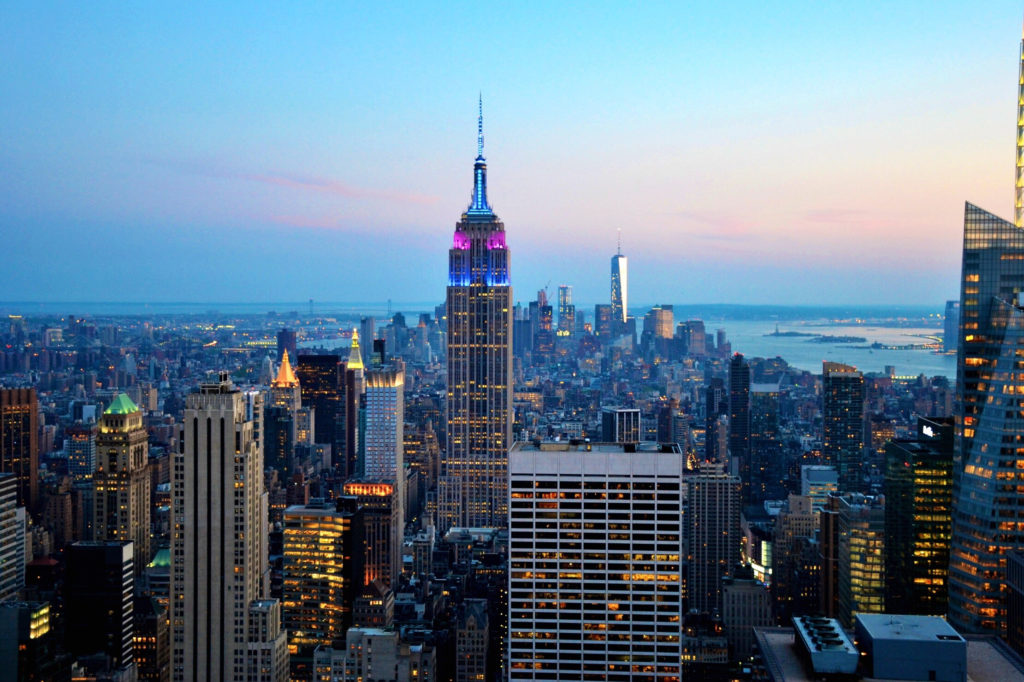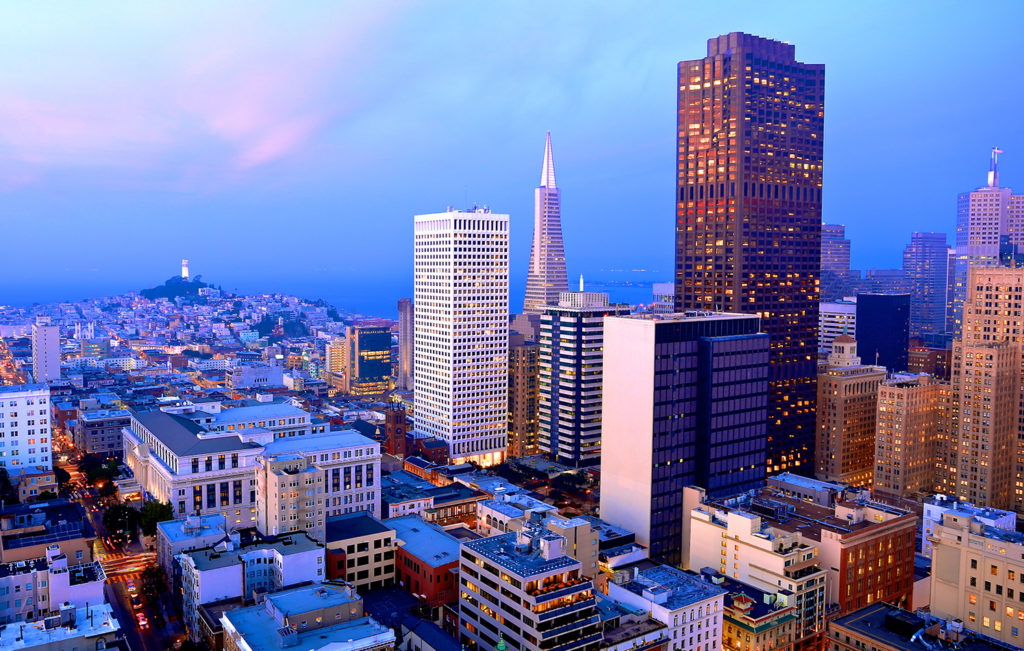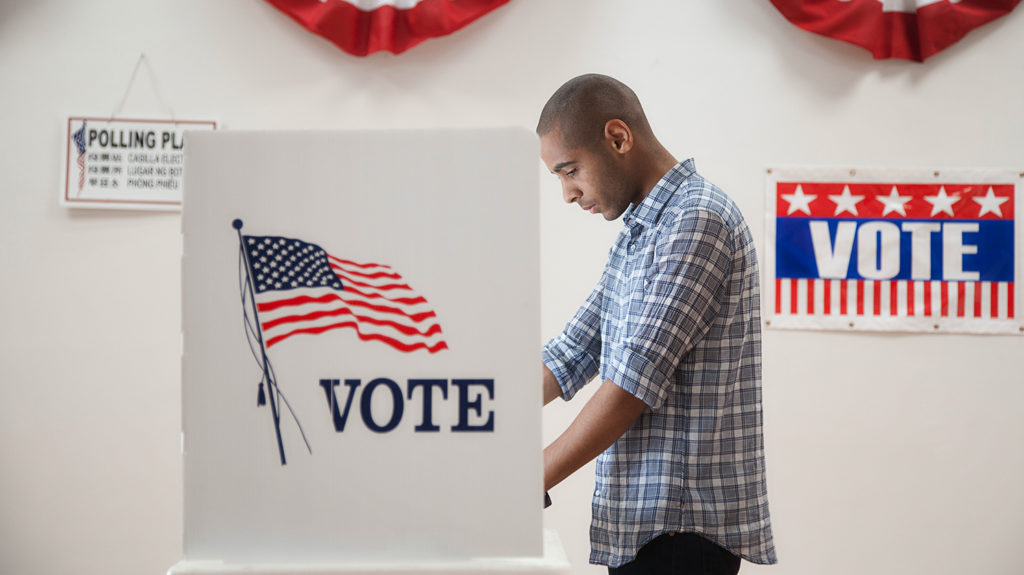In 2014 Seattle became one of the first cities in the US to approve a law phasing in a $15 an hour minimum wage — a rate more than double the current federal minimum of $7.25. Since then, similar laws have spread to other cities, while earlier this year New York and California became the first states to adopt a $15 minimum.
The campaign to boost the incomes of the nation’s most poorly paid workers has a great deal of momentum and has featured prominently in this election cycle. Initially confined to the Democratic primary contest between Bernie Sanders and Hillary Clinton, Donald Trump broke with Republican orthodoxy this July when he suggested that the current rate of $7.25 “has to go up” — although he stopped short of advocating a jump to $15 (and has also suggested that the matter should be left to states to decide).
It’s easy to understand why the minimum wage raises passions, of course. In the past, it was worth considerably more. At its highest purchasing value in 1968, the minimum wage was $1.60 an hour — $11.10 in 2016 dollars. When the current rate was set in July 2009, $7.25 had the spending power of $8.16 today. However as costs have risen, it has remained unchanged. For instance, a gallon of milk cost $2.69 in 2009; seven years later it costs $3.98 — and yet 1.3 million Americans are still making the flat federal minimum of $7.25 an hour.
Meanwhile, there appears to be a partisan divide: in 13 out of 20 red states the federal minimum applies, whereas in all 14 blue states local legislatures have set a higher rate. Does this mean that minimum wage workers in red-leaning states are earning less than their Democrat-voting counterparts elsewhere? Well, it’s a little more complex than that. To truly understand the impact of the minimum wage you have to adjust for cost of living. In this Indeed election spotlight, that’s exactly what we do.
The spending power of today’s minimum wage
Today, cities and states can choose whether to use the federal number or set their own minimum. In 13 out of 20 “red states” that are solidly or leaning Republican (based on a Gallup analysis of party affiliation) the minimum is $7.25; by contrast, none of the 14 blue states use the federal minimum wage, having opted for higher state minimum wages instead. As a result, the average minimum wage in red states is $7.66, versus $9.05 in blue states. Swing states have the lowest average of all: $7.54. On the face of it, then, people making minimum wage in blue states earn 18% more than their red state counterparts.
Straightforward? Let’s adjust for cost of living.

In the chart, all 50 US states are ordered from left to right according to whether they lean Democrat or Republican (Gallup excludes the District of Columbia). The orange line represents the 50-state average of $8.10 after adjustments based on Bureau of Economic analysis (BEA) data are applied. As we can see, blue and red states are dispersed fairly evenly above and below the line when it comes to the spending power of their minimum wages.
In blue states, the cost of living is on average higher than in red states, and so (for instance) in Massachusetts and California where the minimum wage is currently set at $10 an hour, it drops to $9.29 and $8.76 respectively once adjusted. These cost-adjusted minimum wages are still among the highest in the nation, but in red-state Nebraska, where the cost of living is lower, $9 an hour actually increases in value — it’s worth $9.85.
In “blue” New York the results are especially dramatic. Once adjusted, its relatively high minimum wage of $9.00 an hour drops to $7.59 — only 9 cents higher than the adjusted minimum for Texas, where the federal rate applies. And that’s not all. Costs of living vary within states: Oregon, for instance, has three different minimum wage rates — one for the Portland metro area, another for smaller cities, and yet another for rural areas.
That said, the adjusted average still leaves blue states ahead of red states at the national level, but only just: $8.49 an hour vs $8.22. Swing states remain lowest of all at $7.90.
The impact of a $15 federal minimum
Thus we can see that the gap between minimum wage rates in blue and red states is smaller than at first appears as higher unadjusted minimum wages in blue states are offset by higher costs of living.
A flat federal rate of $15 would change all that. When California voted to raise its minimum to $15 in April, an analysis by economics reporter Ben Casselman demonstrated how the impact would vary widely across the state. So what would happen if the federal minimum wage were raised to $15?

Once adjusted for cost of living, the gap between red states and blue states becomes much larger, with the most dramatic effects felt in red states where the cost of living is relatively low. In 18 out of 20 red states’ workers would be making more than the adjusted 50 state average of $15 whereas in 11 out of 14 blue states the spending power of $15 would be below it.
Thus a $15 minimum would go furthest in Mississippi, where once adjusted the hourly rate would rise to $17 an hour, followed closely by Arkansas and Alabama at $16.88 and $16.83 respectively. By contrast, workers in expensive New York would be better off, but by a considerably smaller amount: their $15 once adjusted drops to $12.64 — considerably higher than the current rate, but a much less substantial boost than in other states.
Meanwhile, the current (slight) advantage for blue states over red states at the national level would be turned on its head. The adjusted average minimum wage in red states would rise to $16.12 an hour versus $14.08 in blue states. Minimum wage workers in swing states would also out-earn their counterparts in blue states as their average would rise to $15.74 an hour.
How does your state compare?
So does this mean that the U.S. would suddenly see a “new normal” emerge where minimum wage workers in red states systematically out-earned their peers across the country? Or would it hurt the very people the measure is intended to help, forcing employers to cut wages for others, reduce overtime and avoid creating new jobs — or even shut up shop entirely?
Unquestionably a jump to a national $15 minimum would be a bold experiment, and as of yet we don’t have a lot of data to look at to gauge its impact. Currently, most of the cities which have enacted the jump are urban, high cost-of-living areas and are still phasing in the higher rate. Not only that, but it is difficult to extract lessons from what might work in, for instance, Seattle, to the very different economy of, say, Biloxi, Mississippi.
Of course, we will have to wait until after the election to see what happens, and the $15 figure is only one number on the table. But whoever wins, the debate isn’t going to go away.
Want to dig deeper into the impact of the minimum wage? Visit Indeed’s interactive election special to calculate what the minimum wage is worth in your state and what it would look like with a $15 hike.







